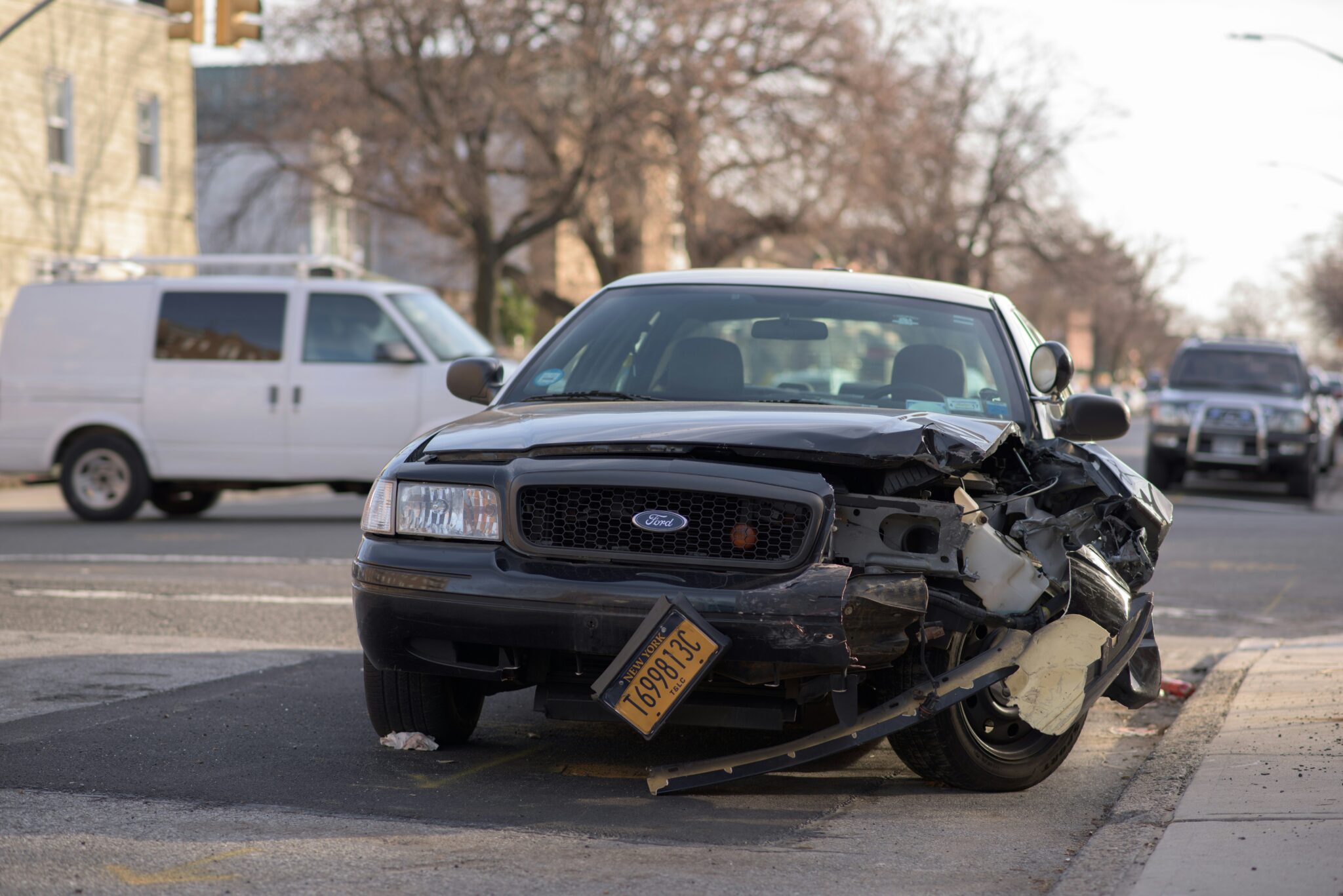So, while accidents are not an everyday event, it is best to ensure your car has frontal and side airbags installed.
As a driver, safety should be one of your top priorities. After all, you want to protect yourself and your passengers as much as possible while on the road. And according to Morris Injury Law, a renowned Las Vegas car accident lawyer, a car crash can change your life in an instant, legally, financially, mentally, and, worse, physically.
While we can’t prevent every potential accident, some key safety features in our vehicles can significantly improve our chances if a crash does occur.
So, let’s go through these four major safety components that could save your life in the event of an accident. The goal is to help you understand what they are and why they matter.
Seat belts
Though wearing seat belts has been legally mandated for decades, many accidents in the past have involved occupants who were not wearing their seat belts.
Tragically, 60% of passenger vehicle occupants killed in 2018, according to NHTSA, were unrestrained before their collisions, so while seat belts may seem like no fun to put on (or lack that swag), buckling up properly is more likely to save your life than any other safety device in your car.
And to give you a clearer picture of how dangerous it is to drive without your seatbelts on, the force of impact inside a vehicle during a crash is immense; at just 30 mph, it’s equivalent to falling from a 3-story building onto concrete (you can imagine the impact that could have on your body).
This is why it’s essential to ensure your seatbelts are working fine and always to put them on. In the event of a car crash, your seat belt keeps you firmly in position, prevents you from being thrown about the cabin, and protects you from violent secondary impacts inside the vehicle.
In other words, you’re more likely to survive the collision with your seat belts on.
Air bags
Airbags started appearing in cars in the 1970s and have since become a standard feature. They provide an essential secondary layer of protection in a severe collision.
When a collision occurs, the sensors in your car detect the sudden deceleration and trigger the airbags to inflate with nitrogen gas rapidly. The inflated airbags then create a cushion between you and the steering wheel, dashboard, or other hard surfaces that could cause injury.
Airbags are deployed within a fraction of a second, faster than the blink of an eye, to prevent your head and upper body from jerking violently forward. While this may not thoroughly cushion the impacts of the collision (or the bodily harm you may sustain), it dramatically improves your chances of surviving the accident with fewer injuries.
In fact, statistics from NHTSA have shown that airbags have saved over 50,000 lives in direct frontal collisions from 1987 to 2017 (which is quite a lot, if you ask me).
So, while accidents are not an everyday event, it is best to ensure your car has frontal and side airbags installed so they can work hand-in-hand with your seat belt to ensure your safety and that of your passengers.
Anti-lock brakes
Anti-lock braking systems, or ABS, are among the most important crash avoidance and loss-of-control safety features in modern vehicles.
ABS technology prevents the wheels of your car from locking up when hard or panic braking is detected. This allows you (the driver) to maintain steering control during emergency stopping scenarios instead of skidding uncontrollably toward oncoming traffic or obstacles.
The system uses speed sensors at each wheel and pulsates the brakes many times per second to optimize braking force without sliding. In other words, ABS provides you with better steering ability and stability when braking heavily on wet or slippery roads and reduces your chances of getting involved in a fatal single-vehicle crash.
Since ABS became widespread in vehicles, it has become so effective that multiple studies have attributed a substantial reduction in fatal accidents to the more controlled emergency braking it facilitates.
Vehicle telematics
Aside from ABS, many modern vehicles also come with integrated telematic systems. What makes this unique is that vehicles with telematics can collect and analyze data related to your driving behavior, road conditions, and even potential hazards.
And that’s not even half of its potential; this device can provide you with real-time diagnostics and even allow your car to call emergency responders on its own in the event of a crash!
It gathers data on your vehicle and uses this information to implement advanced driver assistance systems (ADAS), warn you of dangerous situations, and initiate automatic emergency responses in critical scenarios.
Depending on your vehicle’s make and model, there may be an app for the device that provides you with over-the-air software update capabilities to continuously enhance safety features on your car without going to the dealership.
Wrapping up
While we all hope never to face a severe on-road emergency (like a car crash), being proactive and ensuring that these protective features I’ve just listed are working optimally and properly maintained can provide you with a first line of defense in the event of a car accident.



























































































































































































